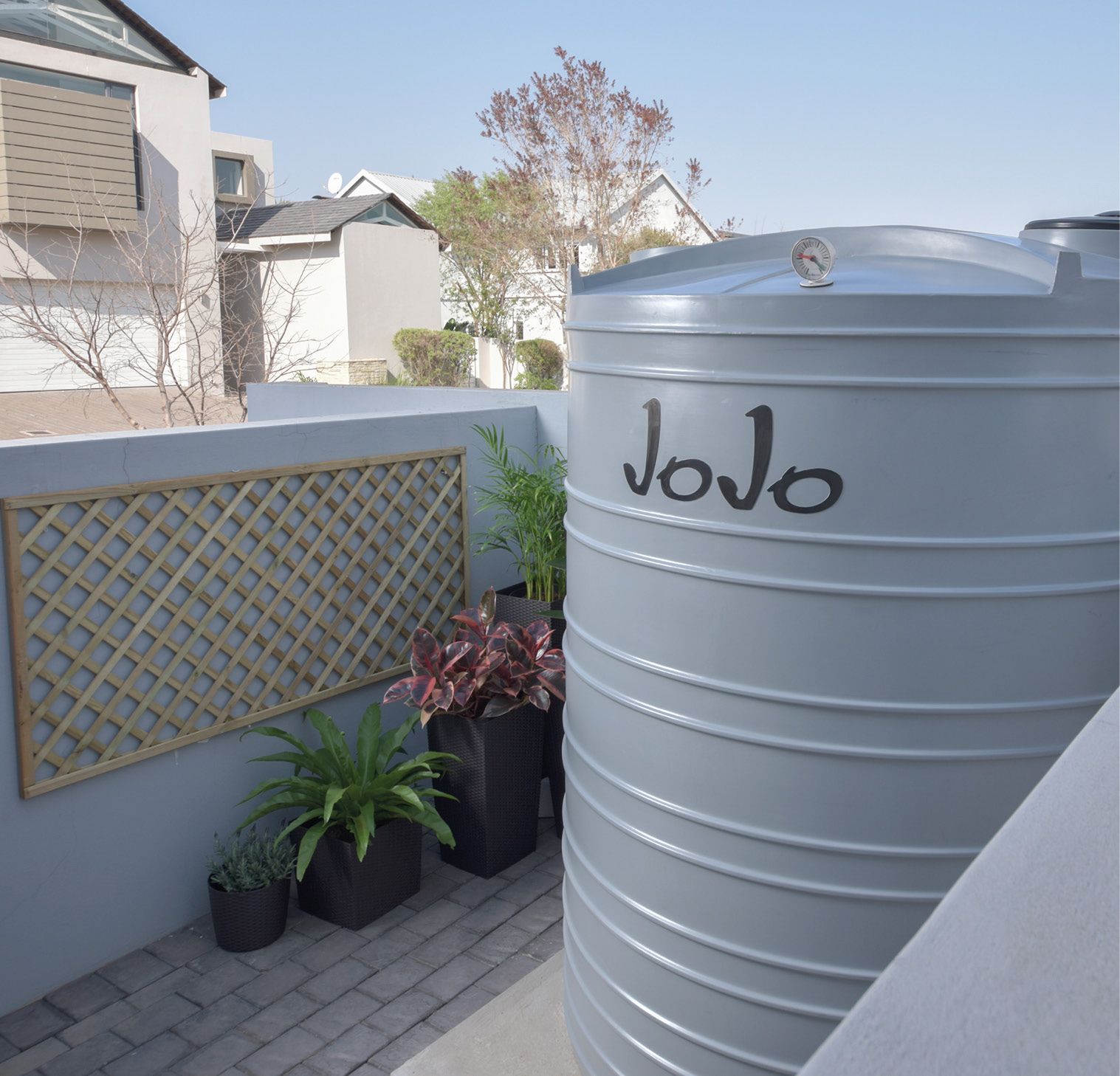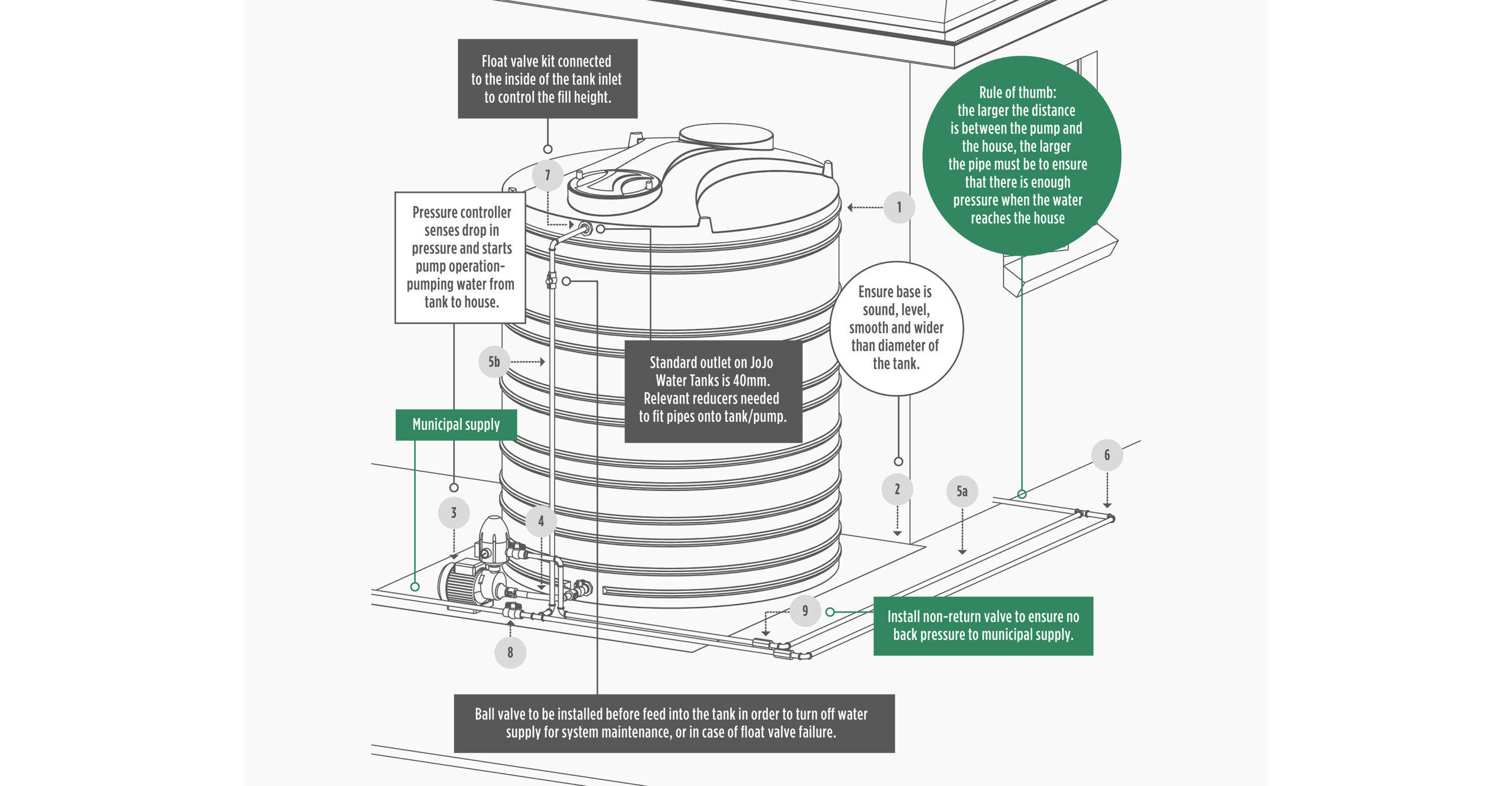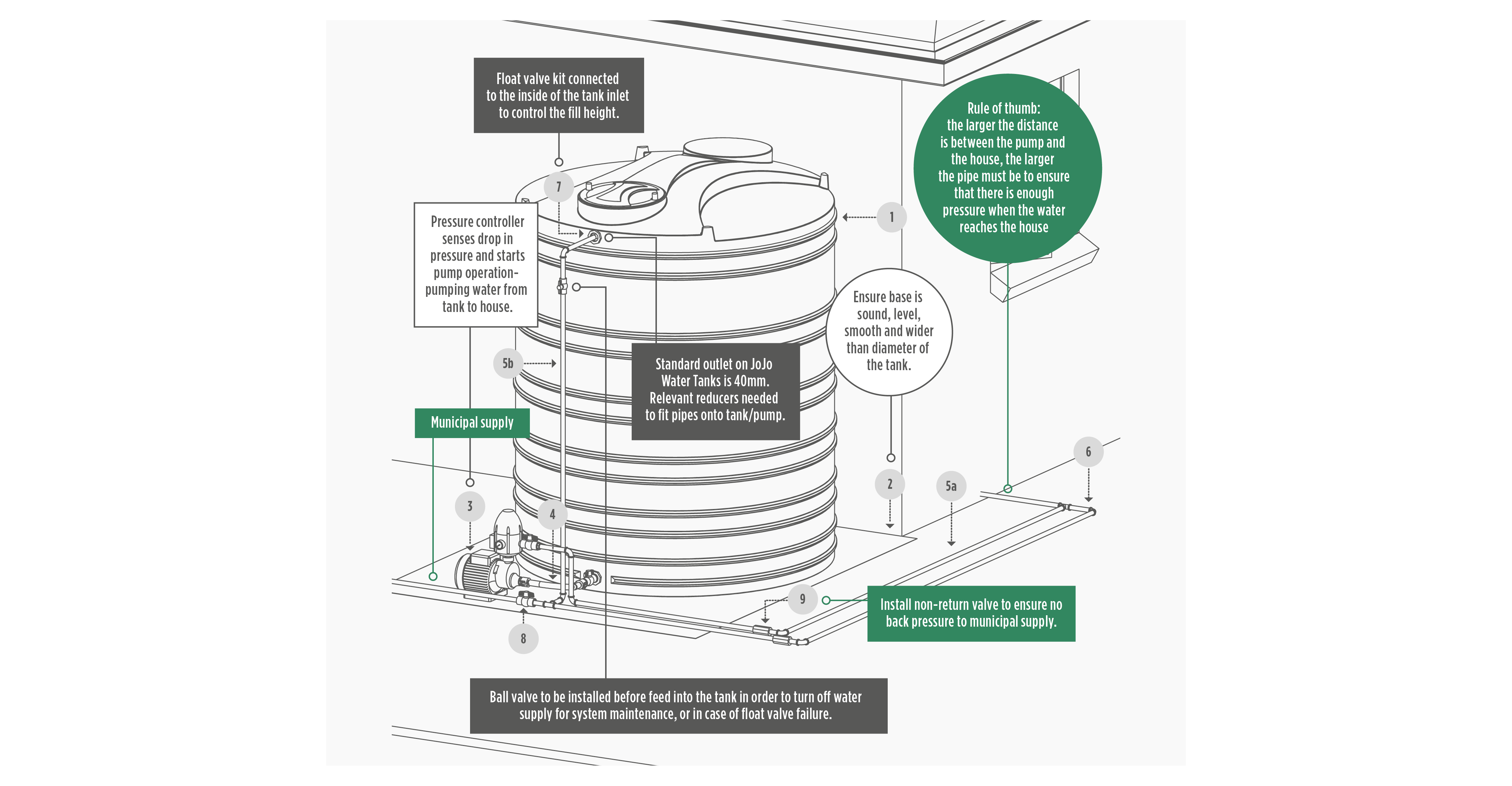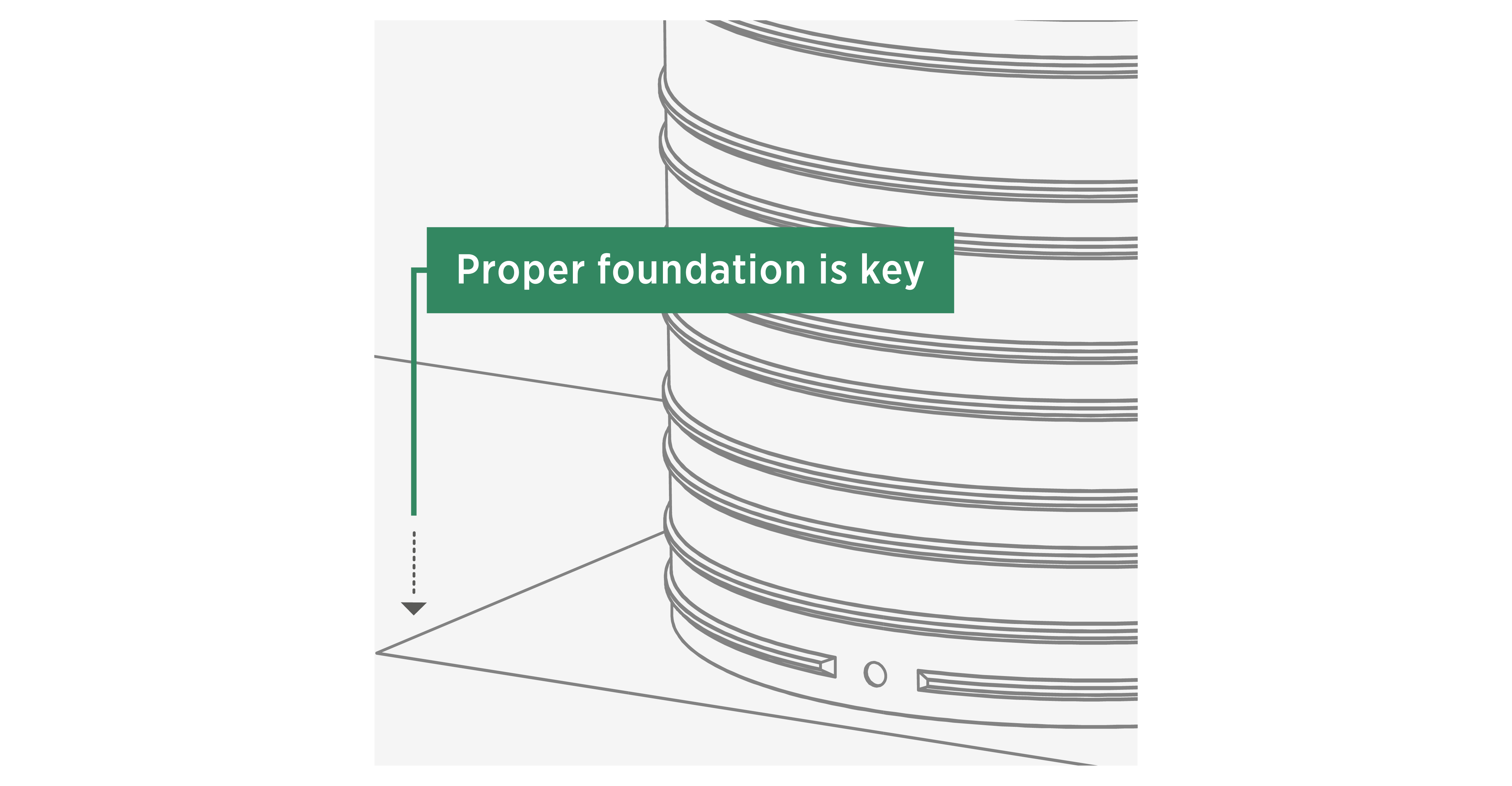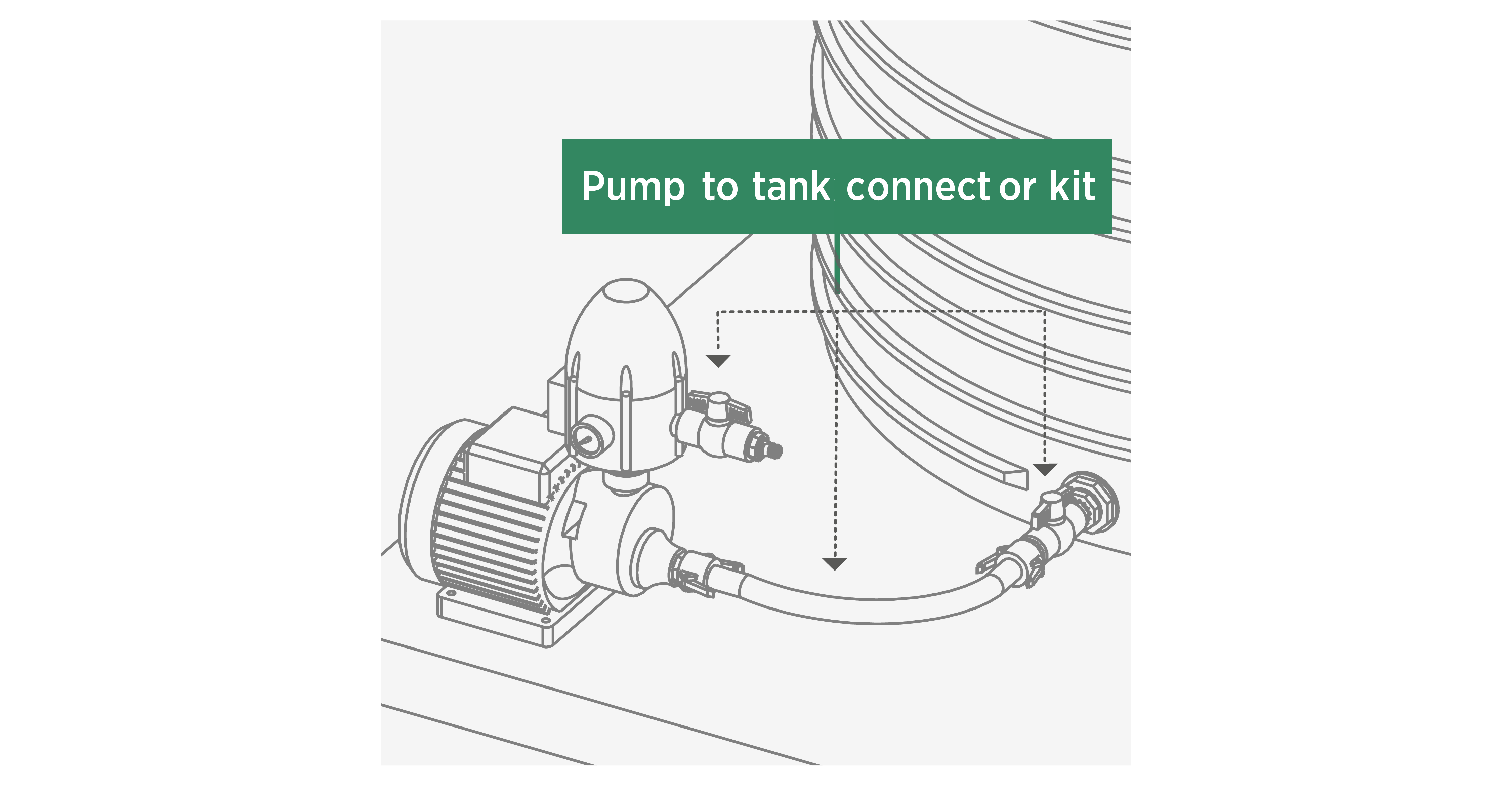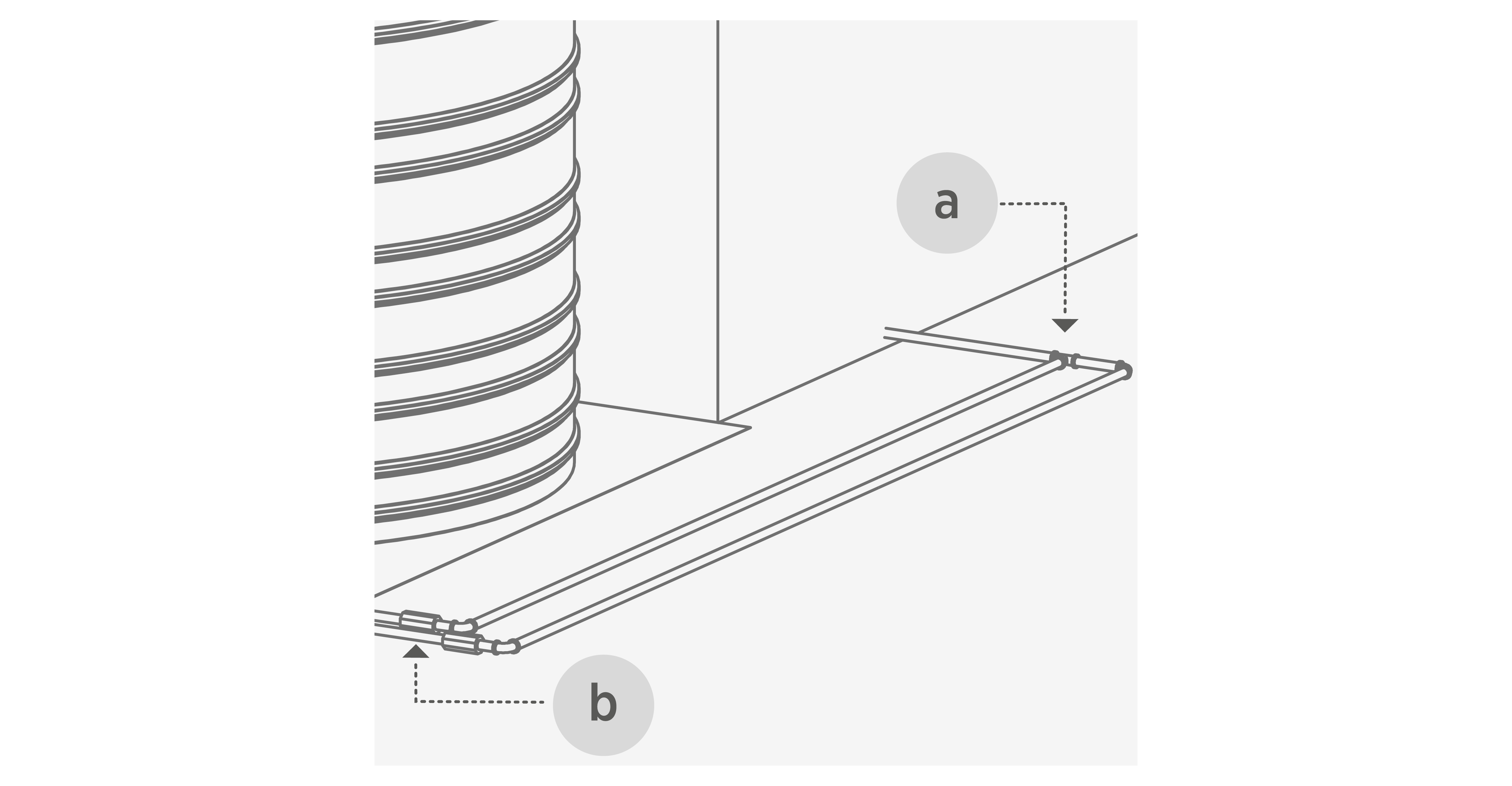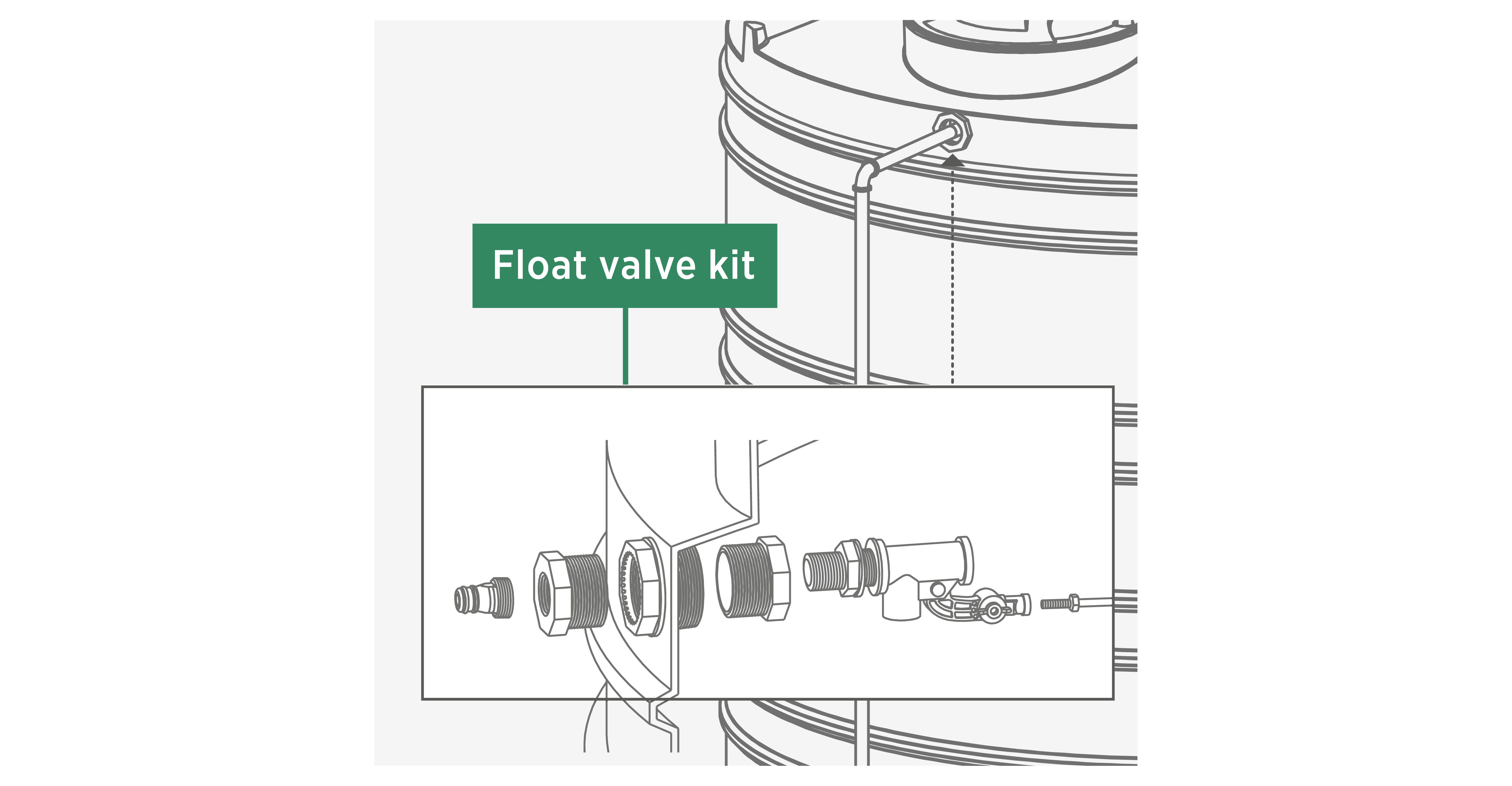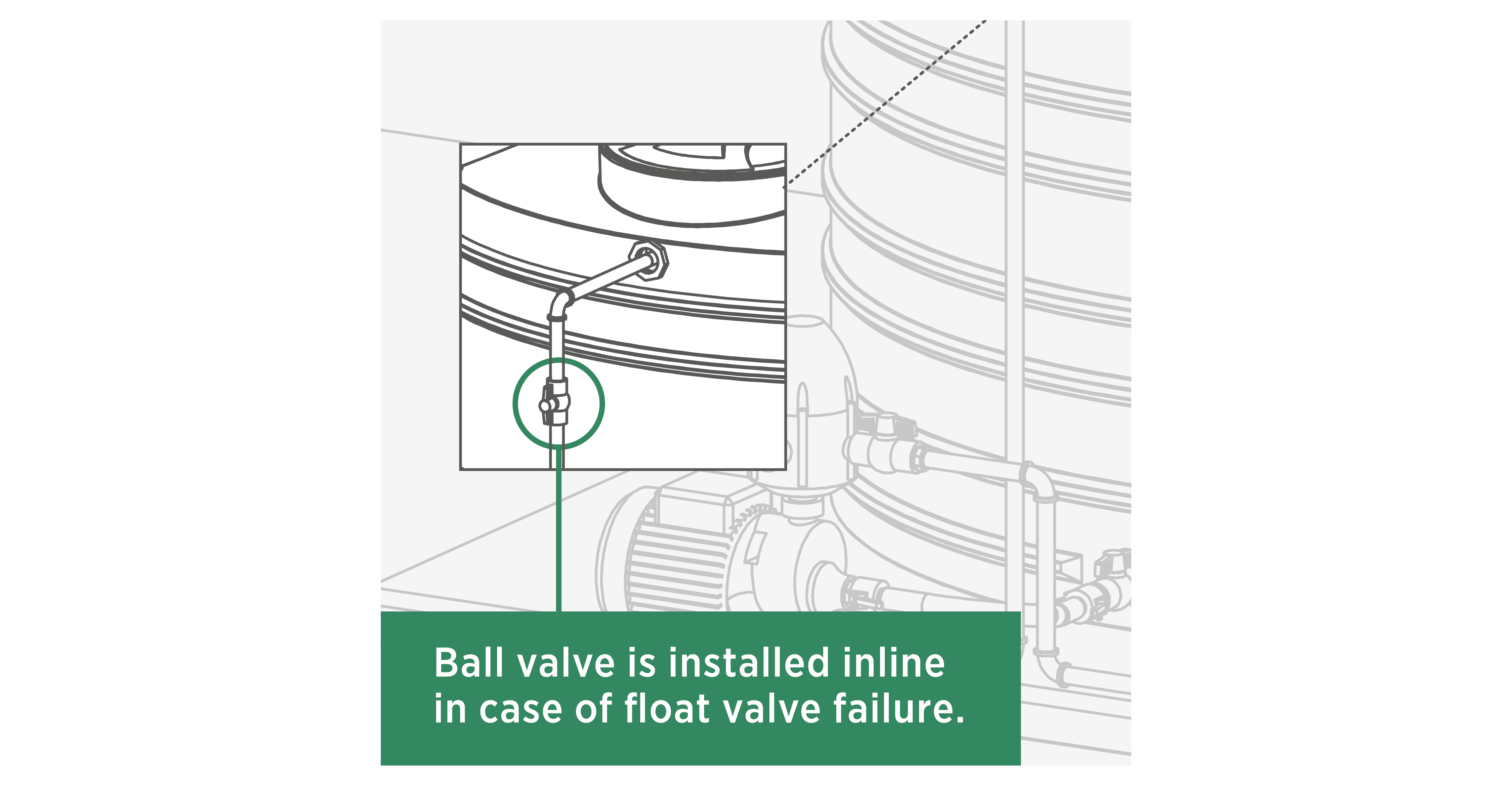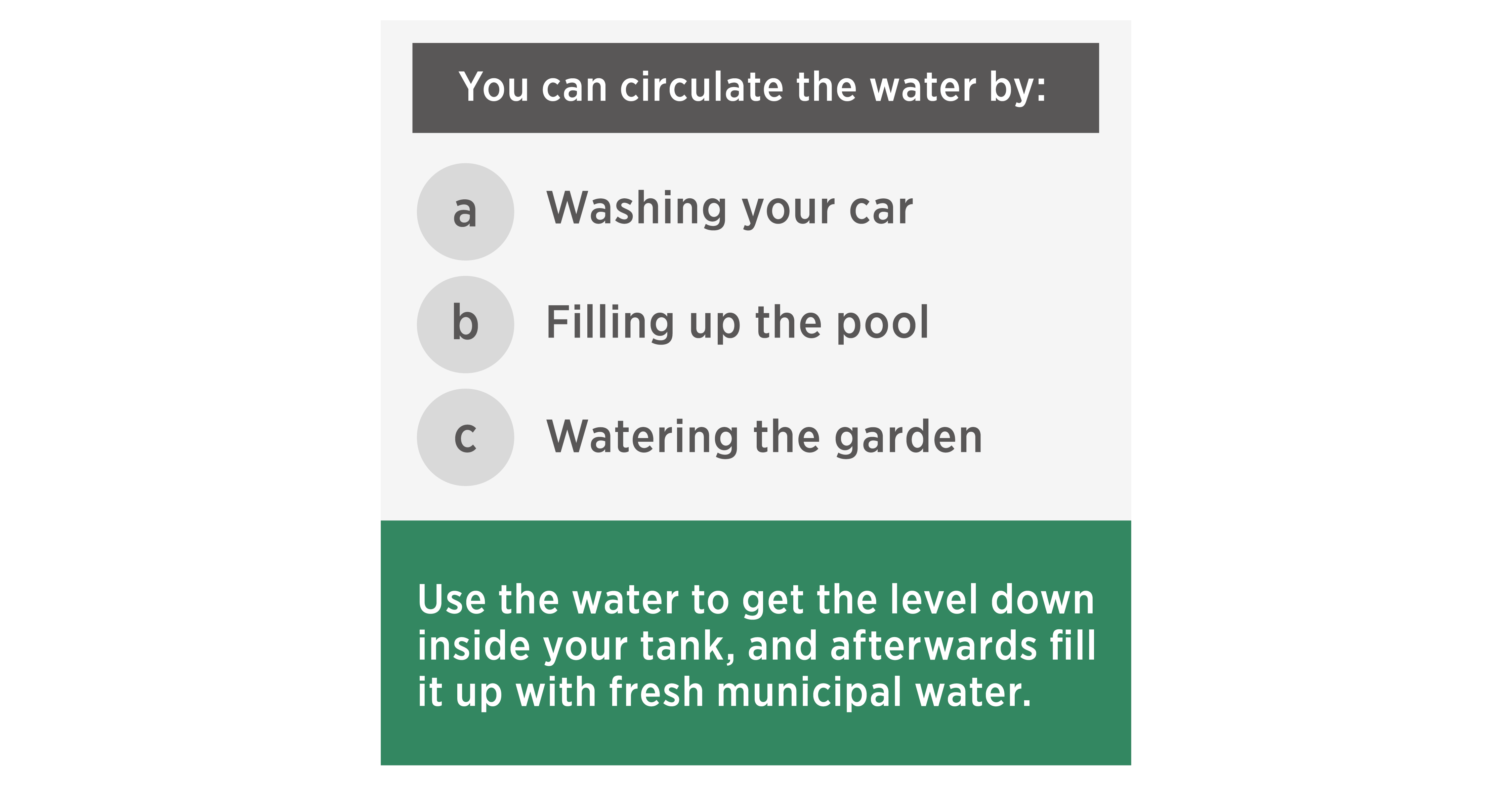Maintenance
Here are two tips to prolong your system’s life, reduce the potential for damages and ensure you enjoy maximum benefits:
1. Keep your tank clean
Inspect the inside of the tank every 3 months to make sure that everything is in order. If it is not clean, identify the cause of the problem – your lid might be loose or an overflow pipe might not be covered correctly.
2. Rotate the water
Under ideal circumstances, municipal water can be stored inside a JoJo tank for extended periods of time due to the fact that it is chlorinated. To keep your water fresh, however, it is recommended to rotate the water every two weeks.
Tip: Draw up a roster for your tank and rotate/circulate the water at set intervals by using it to wash your car, fill up the pool, water the garden etc. This will get the water level down inside your tank, after which you can fill it up with fresh municipal water.

